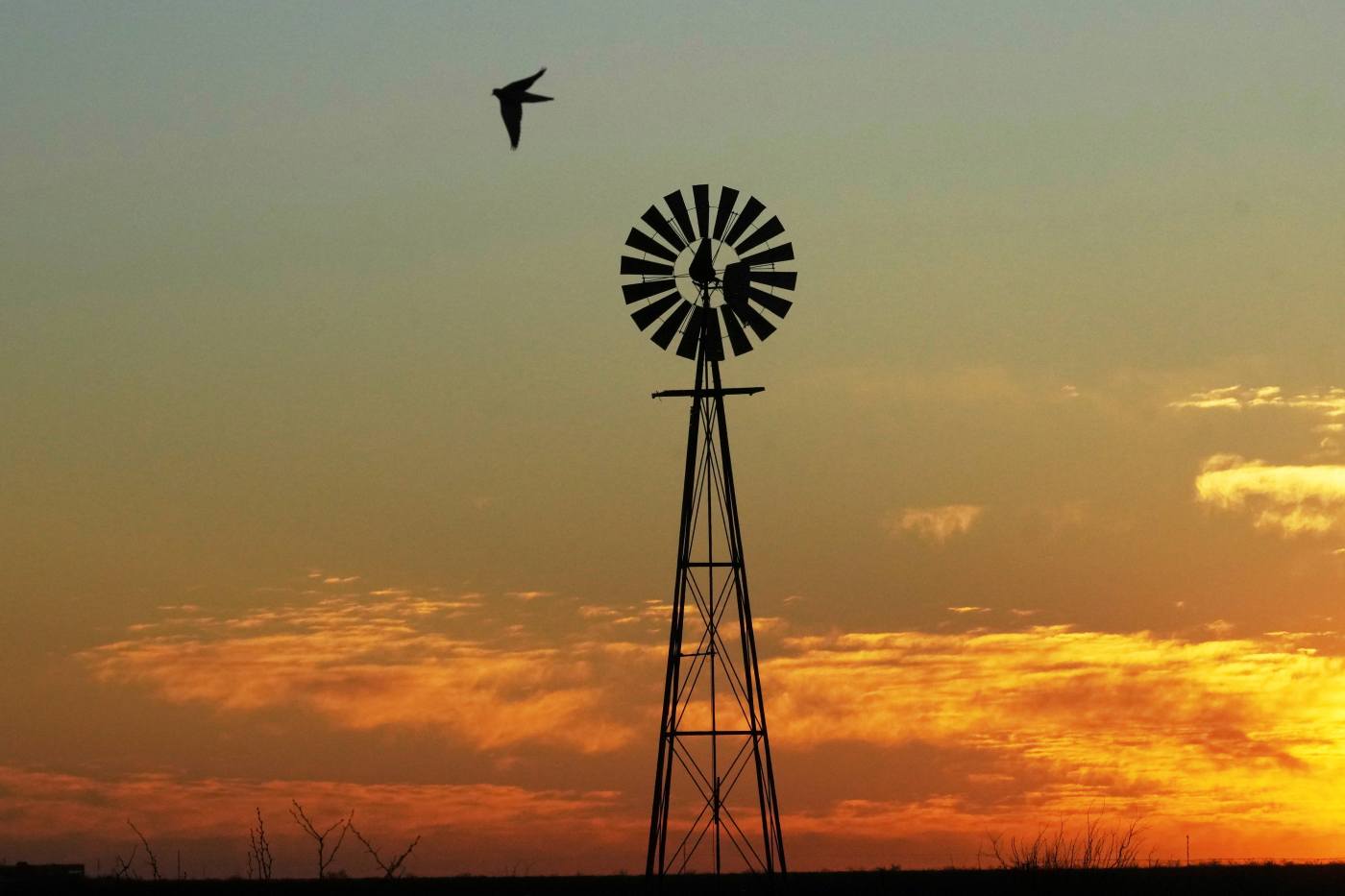
DEAR JOAN: I hope this question isn’t too political, but I’m really curious about claims that windmills are driving whales crazy. Is that true?
And how many birds are killed every year by flying into windmills? I’ve heard different numbers.
— T.M., Alamo
DEAR T.M.: Although the research continues, there is no scientific evidence that offshore windmills are a great threat to the health and safety of whales. It was one factor considered when experts began to investigate some unusual beachings of whales and dead whales washing up onshore.
Related Articles
Meet the man who traps the Bay Area’s destructive wild pigs
Was a small hawk actually hunting squirrels in the East Bay?
Photos: Annual World Dog Surfing Championships
Oakland’s animal shelter no longer mandated to take all animals amid surge in drop-offs, reduced staff
Team of rat-hunting terriers helps solve Bay Area city’s infestation problem
In 2023, the death toll of humpbacks in the waters off New Jersey led to intensive investigation of what might have been the cause. Researchers discovered that they died from boat strikes, entanglement in fishing gear, or parasite-related organ damage and starvation, but no connection was found to the wind farms.
While the number of deaths reported in the area was unusually high, so was the overall population of humpbacks in the area. Warming ocean waters has caused many underwater species to change their territory, and the whales likely were drawn to the waters off New Jersey by the increased supply of food.
Testing to-date indicates the sound produced by the windmills could possibly disrupt behavioral patterns in whales, but it’s considered far less than the impact of military sonar and seismic airguns used in the exploration for oil and gas.
Windmills are deadly to birds. Experts say 140,000 to 679,000 birds are killed each year from flying into windmill blades. Researchers believe they might have found a way to reduce the deaths by adding black paint onto the blades, making them more visible to the birds.
As tragic as the deaths are, windmills are responsible for only a fraction of annual bird deaths. It’s believed the main cause in the United States is cats, with up to 3.7 billion birds killed each year. The second leading cause is birds flying into buildings and windows, which account for up to 1 billion deaths.
Hearing these numbers makes me wonder how we have any birds left, and makes me less upset about the birds in my yard eating all my fruit.
DEAR JOAN: The leaves of our cantaloupe are being eaten, leaving just the lacy pattern of the leaf veins. No sign of bugs. I finally caught the culprits red-handed, or more accurately green-beaked: the goldfinches that frequent our bird feeder! Have you ever heard of such a thing? Are they seeking a more balanced diet than just seeds?
— Anne Foster, San Carlos
DEAR ANNE: Finches are seed eaters, but that doesn’t mean they don’t enjoy a little salad now and then.
They aren’t particularly known for munching on cantaloupe and melon leaves, preferring sunflowers and kale, but it does happen. Leafy greens are part of a nutritious, balanced diet for the birds.
If you haven’t already, be sure to check your plants for insects. There’s a slight chance the birds are after insects, but based on what they’re leaving behind — just the veins and stems — they are most likely eating the leaves, not insects.
The Animal Life column runs on Mondays. Contact Joan Morris at [email protected].